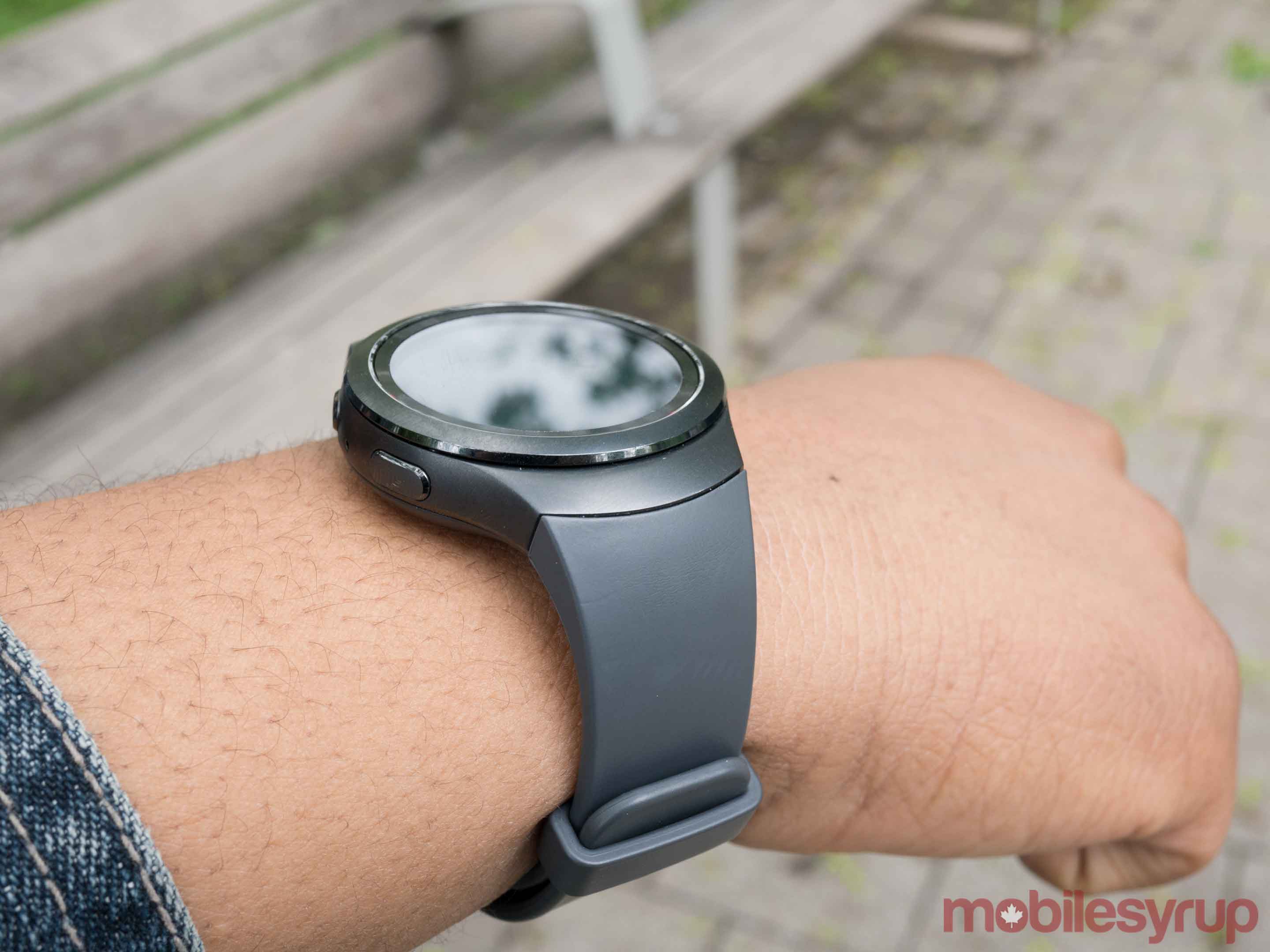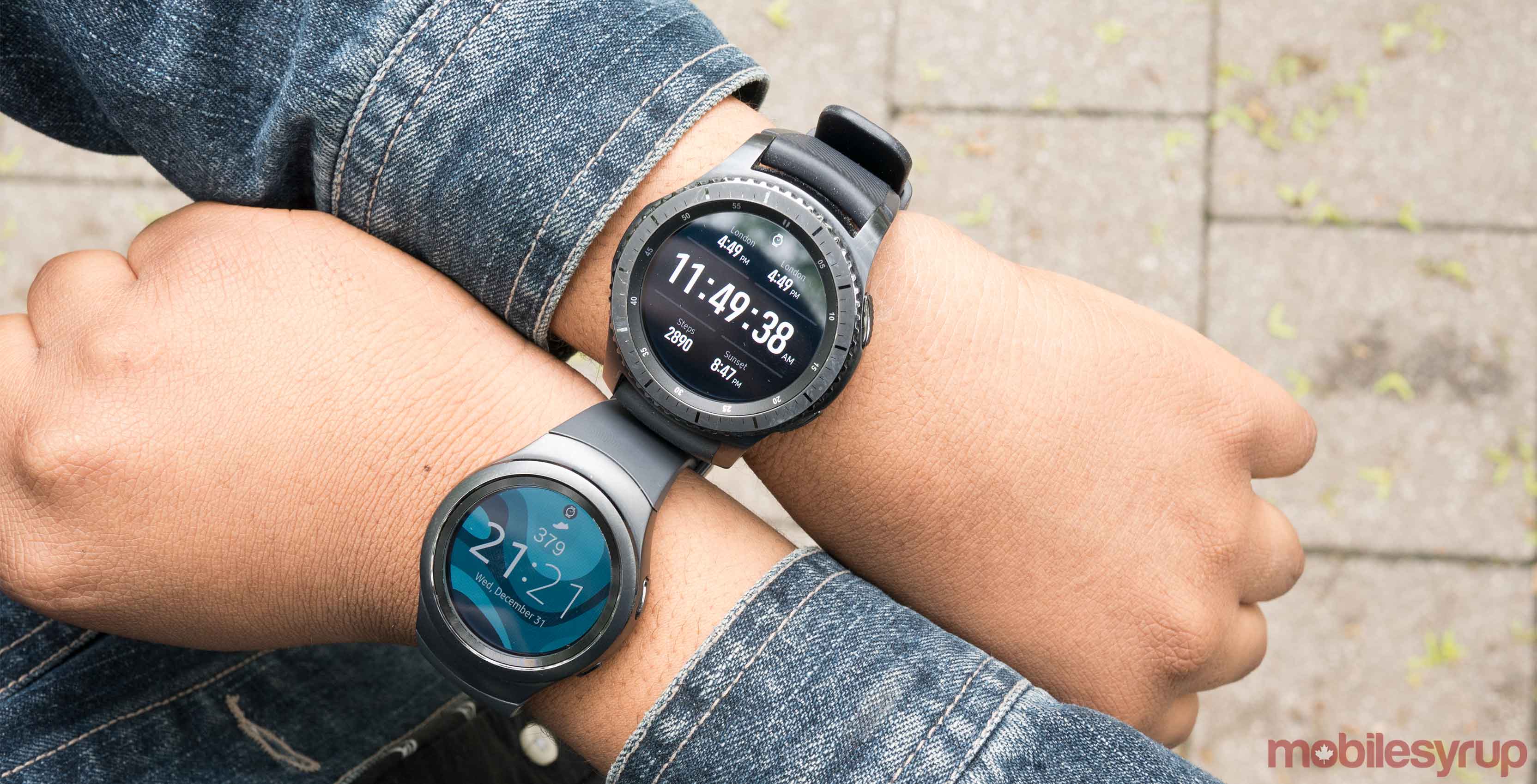
Are you a fan of Tizen but you’re still sporting Samsung’s original Gear device and aren’t sure if you want the Gear S2 or S3? Maybe you’re wearing a Gear S2 and wondering if you should upgrade your smartwatch? If so, then this story is for you.
After spending a couple of months with both the Samsung Gear S2 and the Samsung Gear S3 Frontier, I’ve compared each smartwatch’s size, functionality and what I personally like and dislike about both devices.
What the Samsung Gear S2 looks like
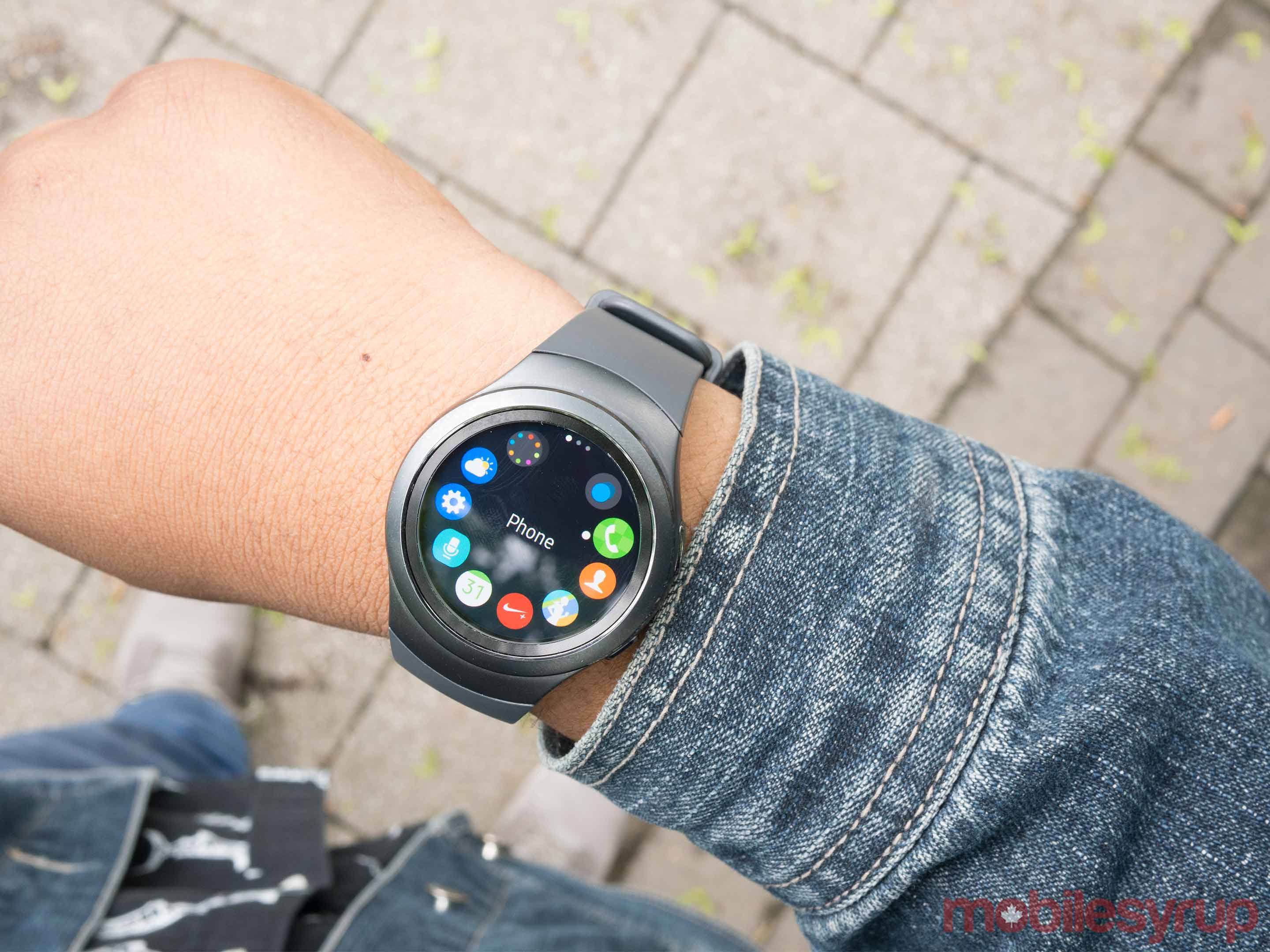
The Samsung Gear S2, originally released in 2015, is able to track steps, display notifications and most importantly, show the time.
The device is slim, sleek and has a very lightweight, unobtrusive feel on my wrist, even while typing on my laptop. The slim design of the smartwatch also results in a weight of only 47g.
The smooth bezel around the 1.2-inch display is used to navigate the watch’s interface. The bezel is easy enough to get used to, however, I still occasionally missed turning it to my desired app, something greatly improved in the Frontier.
The S2 features a 302 pixel per inch (ppi) pixel density display — though 302ppi might be low for a smartphone screen, that density with a 1.2-inch display is definitely enough for a smartwatch.
Samsung Gear S2’s user interface
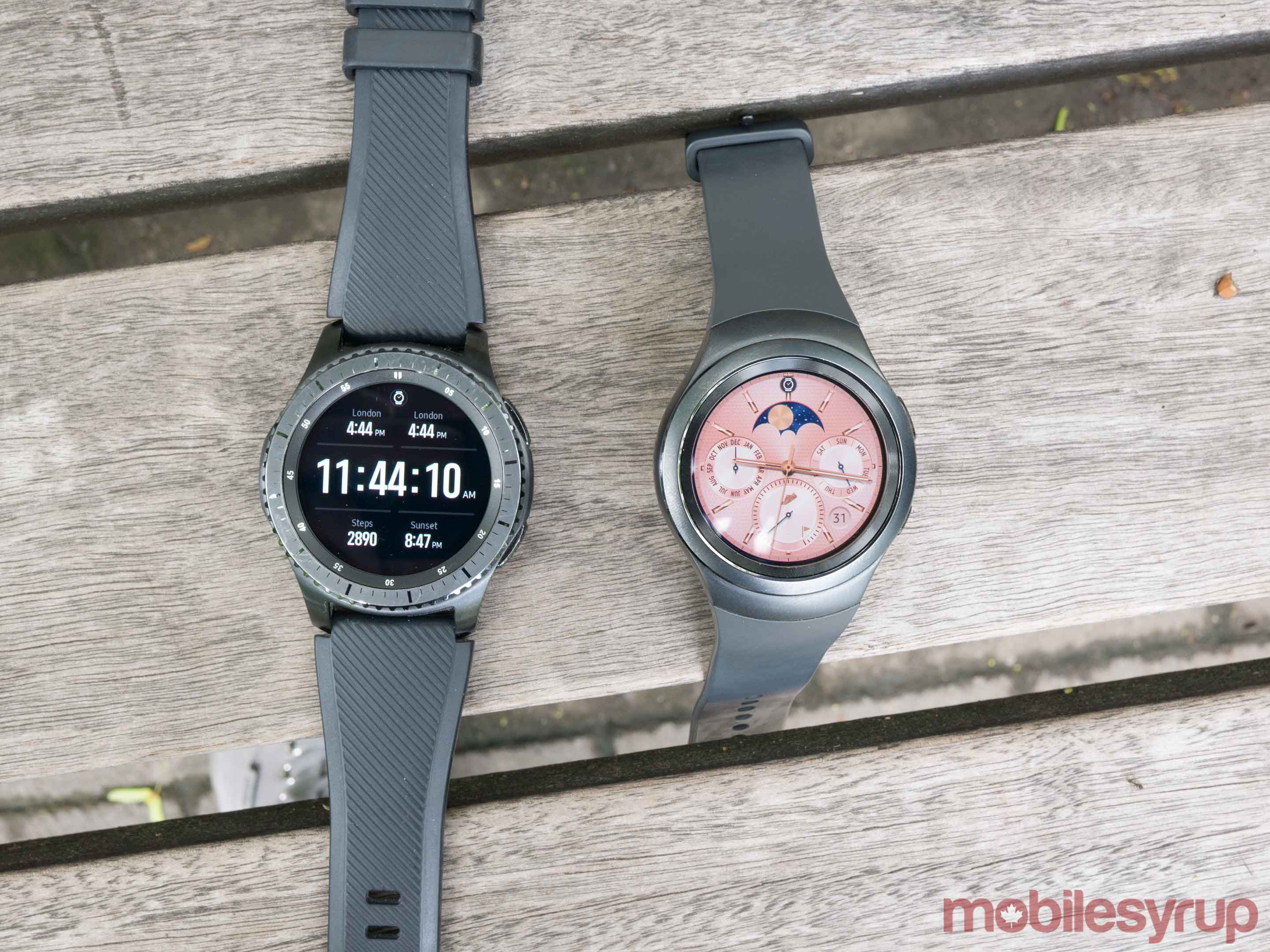
The S2 allows users to reply to messages using their voice and also by typing, though typing on the smartwatch is difficult because of the size of the watch face. Typing is done by either drawing along the screen with your finger, similar to the ‘Glide Typing’ that can be done on most stock Android devices, or by simply tapping on each letter.
Nevertheless, even with its glide-like input I would commonly mistype and give up on trying to communicate via the smartwatch because of the screen size and my relatively average-sized fingers. Furthermore, talking to the device seemed futile as S Voice would rarely pick up what I was saying. Applying emojis and using pre-made quick replies was the easiest method of replying. This often resulted in me pulling out my phone instead of bothering to use the S2 when it comes to replying to messages.
I also rarely explored the apps the smartwatch offered. The Gear store features games, an app that controls the camera on your phone through your Gear device, interesting watch faces and more. However, I never felt like I really needed those apps.
I occasionally used the Tizen stock apps pre-installed on the smartwatch, such as the calendar app and the weather app, but I’m the type of person that almost always has their smartphone out anyways. The app I found the most useful on the S2 was the music app, which I used to control music on my smartphone, as well as the Gear S Health app.
The basic model of the Gear S2 is able to make and take phone calls, however, it does not feature a built-in speaker. When you answer or make a call on the device it opens up the phone app on the smartphone it’s paired to. To utilize the smartwatch as a phone, users require the 3G or 4G model of the device. This is a step backward, as the original Samsung Gear S was able to respond to phone calls on the actual wearable.
Introducing Gear S3 and its hardware
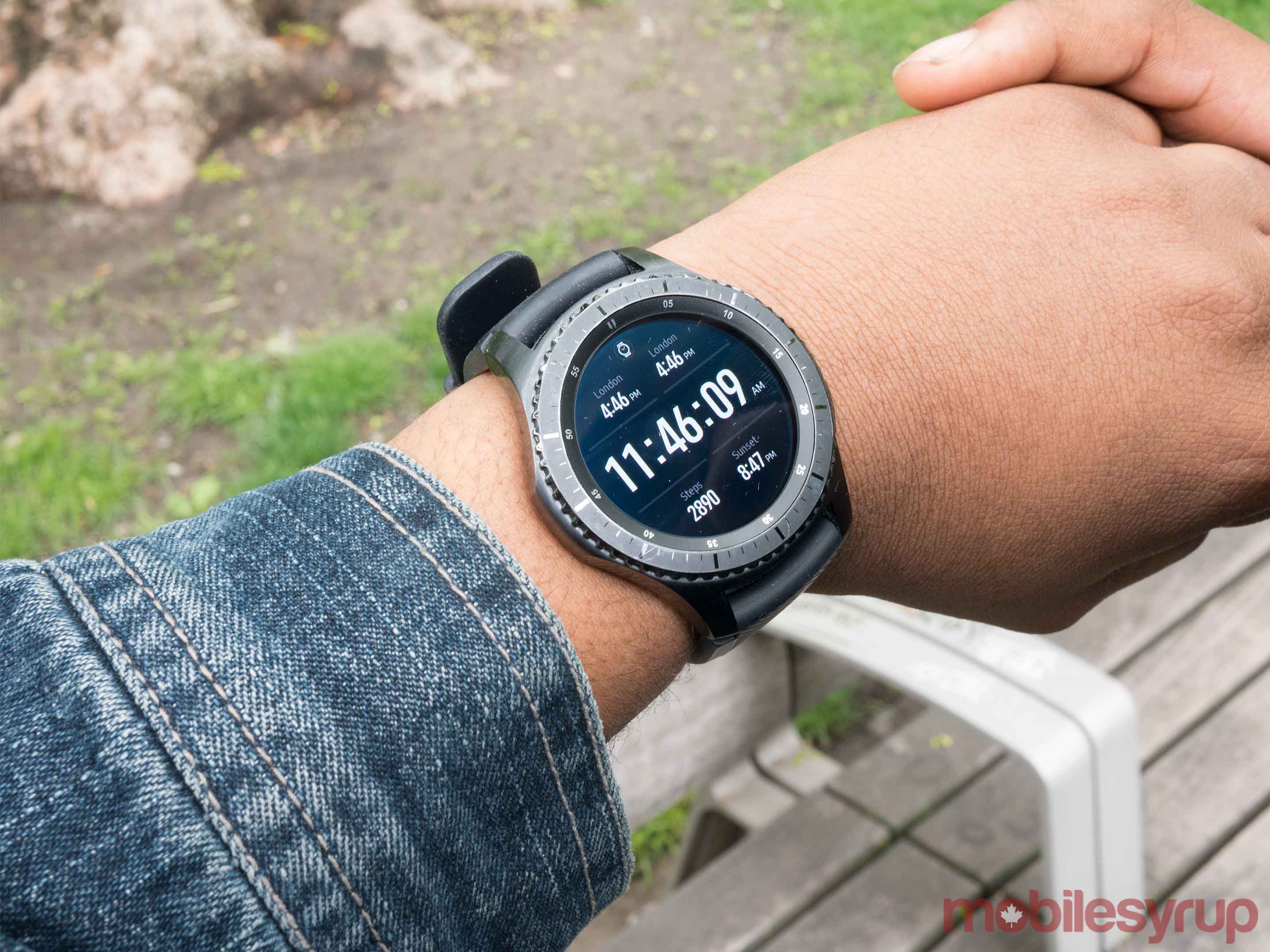
The Gear S2 is definitely an interesting watch and a great starter smartwatch, though in comparison the Gear S3 Frontier is on an entirely different level.
The Gear S3 Frontier, originally released November 2016, is noticeably heavier than the S2. I realized this almost as soon as I starting wearing the device. The smartwatch is 63g and when typing, it sometimes felt weird having something so bulky on my wrist.
The Frontier features a 1.3-inch display with a SuperAMOLED touchscreen. Though the device’s face is only an inch larger than its predecessor, this made a significant difference. The Gear S3’s display is 278ppi density, which is lower than the S2’s, though with a screen so small it’s difficult to spot single pixels on it anyways.
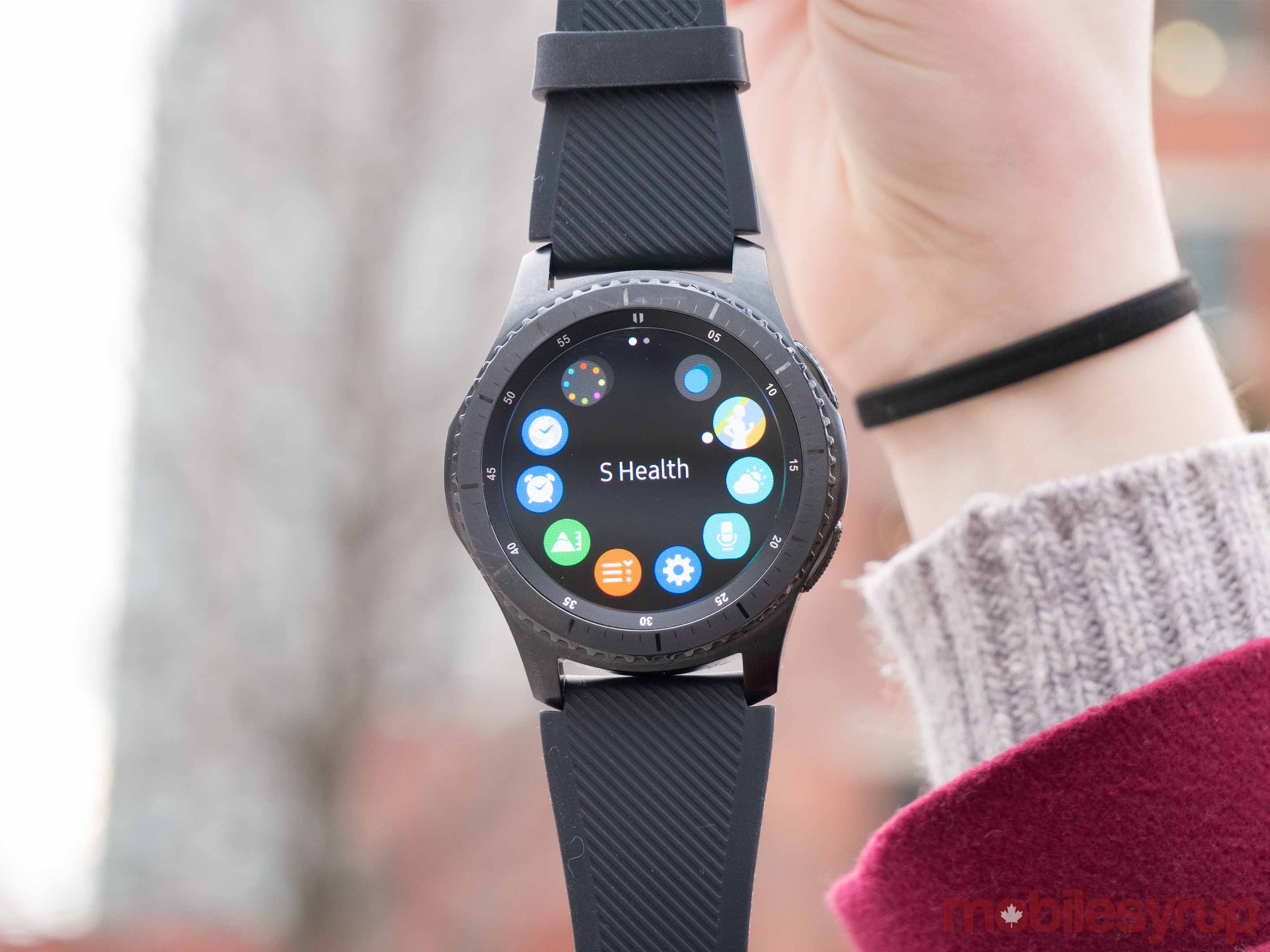
The Frontier features a twistable gear-like bezel that’s used to navigate through the watch’s interface and does a better job than what’s used on the Gear S2. Because of this newer bezel, the S3 is better adept at navigating through its apps.
Though the Gear S3 Frontier has a bigger 380mAh battery, than the S2, its life was nearly identical, coming in at three days and two nights. While looking at an analysis of the Gear app, it appears S Health uses the most battery life on the device, while without the usage of S Health on either device the battery will last at least 30 percent longer.
Samsung Gear S3’s features
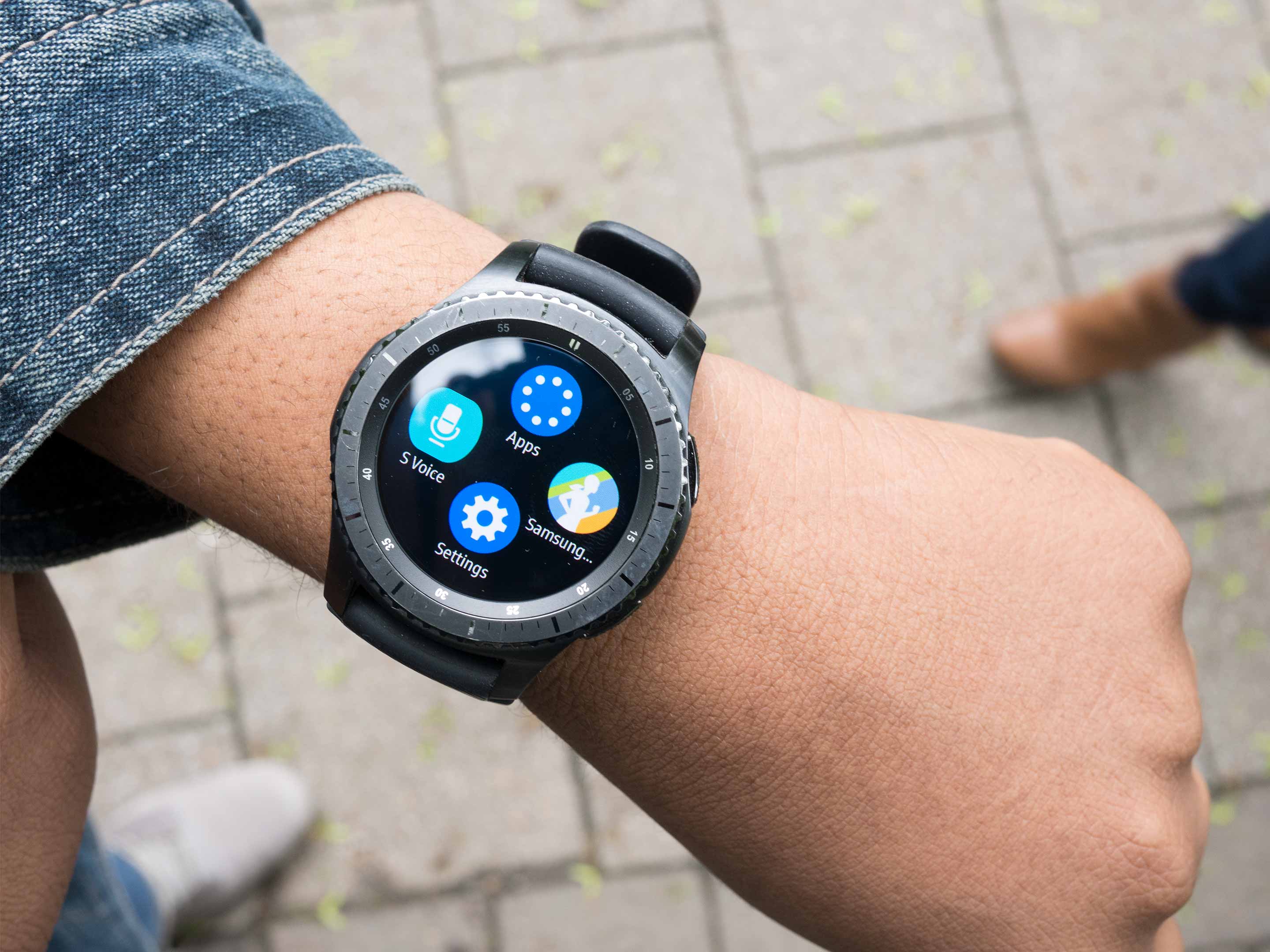
The Gear S3 includes all of the same features that the Gear S2 has and more. The device uses S Health to monitor fitness and track steps, can also keep tabs on the user’s heart rate and record how many flights of stairs have been climbed. Unlike the S2, the Gear S3 also includes GPS, allowing it to always follow the wearer’s location so you won’t get lost on your next run.
The Gear S3 also brings back a feature that should have been in the non-3G/4G model of the Gear S2 –the Gear’s phone-like capabilities. The Gear S3 functions like a phone strapped to your wrist. Users can answer phone calls on the device, though it sounds like a speakerphone call and the person you’re talking to might find it difficult to hear as the microphone on the device is not the greatest.
Similar to the S2, I found S Voice with the S3 to be rarely useful, though the feature functions how I expected. You are able to give the device commands via S Voice and the smartwatch performs them, though it’s definitely not a smart assistant like Cortana or Siri.
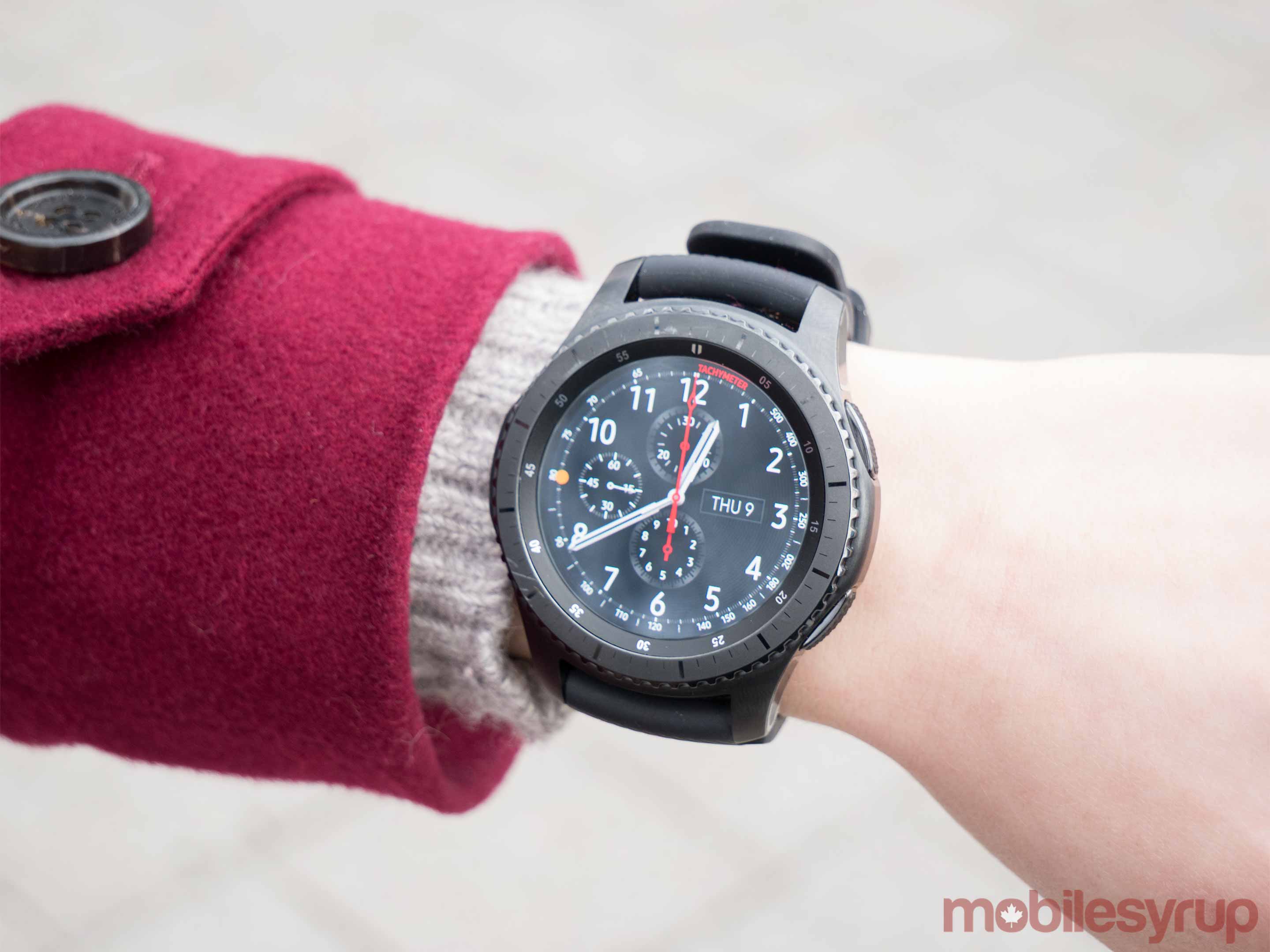
The Gear S3 also came with other useful features such as the ability to take screenshots, an always-on display and enhanced typing capabilities in comparison to the S2 — though writing on the smartwatch still isn’t good enough that users won’t want to pull out their smartphones instead.
Furthermore, the Gear S3 and Gear S2 both run on Samsung’s Tizen operating system (OS). Tizen is a Linux-based OS developed by Samsung that is typically used in the company’s smartwatches, though there are a few smartphones that also feature the operating system. The Samsung-made OS can also be found on the company’s fitness devices, TVs and smart appliances.
Since I haven’t spent much time with Android Wear or watchOS, it’s difficult for me to compare Samsung’s Tizen operating system to its competitors. Though I felt like it didn’t offer very much especially compared to what an Apple Watch offers, both devices, especially the Gear S3, featured everything I need from a wearable.
Verdict
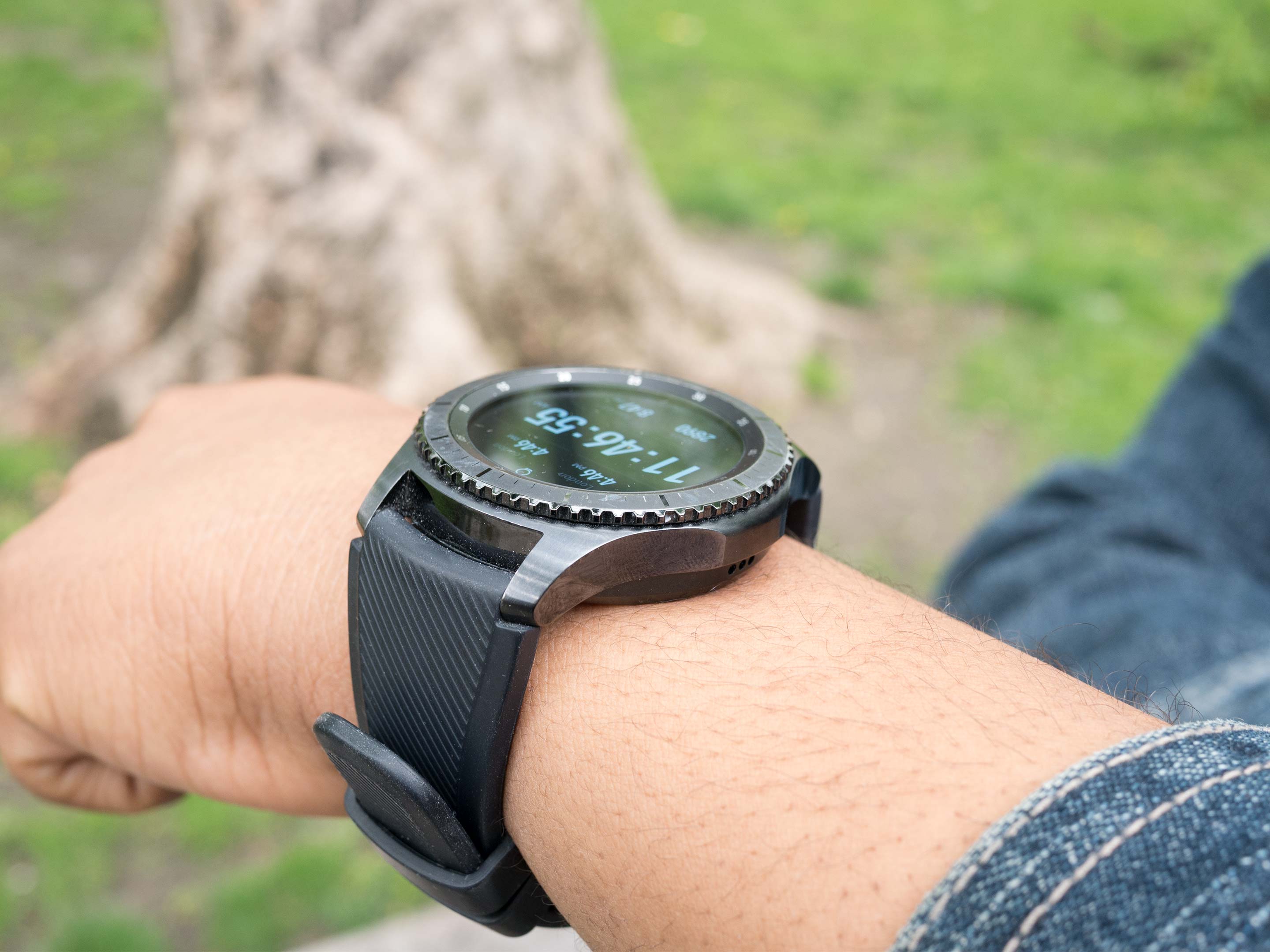
The Samsung Gear S2 and the S3 Frontier include many of the same features and even share some faults, such as it being difficult to type on the device. However, the latter device definitely offers a better package. Its gear-like bezel, GPS and calling functionalities make it a better wearable if you don’t mind a bulkier watch on your wrist.
The Samsung Gear S3 Frontier is $469.99 CAD while the Gear S2 is $229.99.
Note: The Samsung Gear S3 Frontier and the Classic are almost identical devices. Their screen sizes are the same and they also have identical Exynos 7270 chipsets with a dual-core CPU. Nearly everything is the same about both smartwatches, though the Frontier is bigger than the Classic and heavier.
MobileSyrup may earn a commission from purchases made via our links, which helps fund the journalism we provide free on our website. These links do not influence our editorial content. Support us here.

